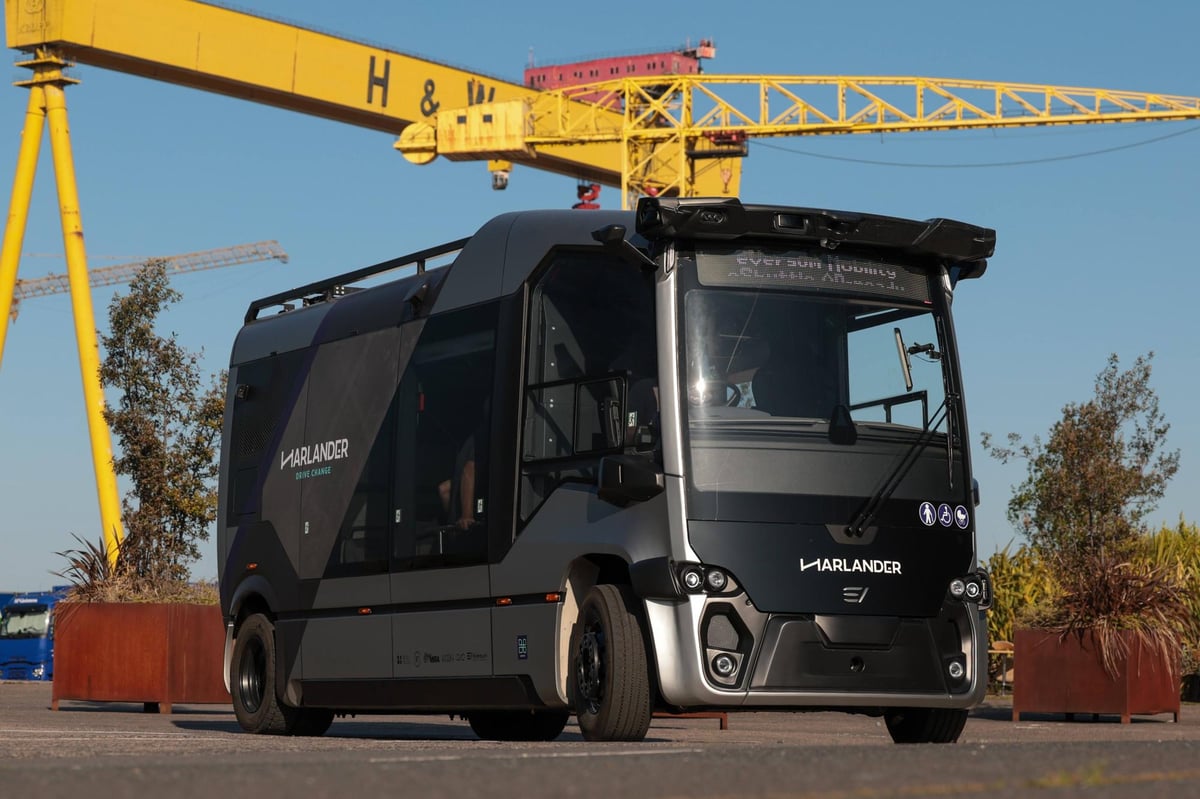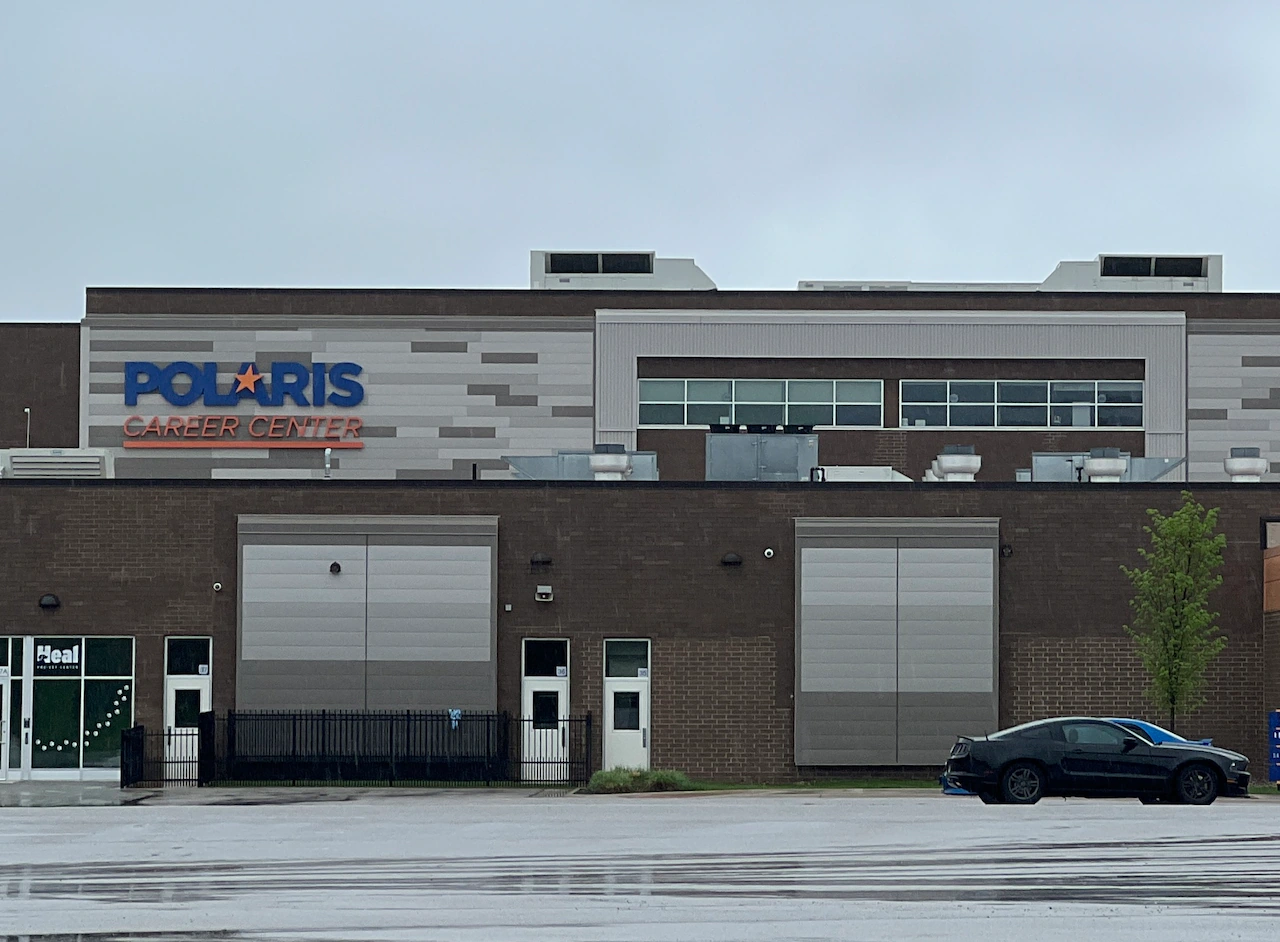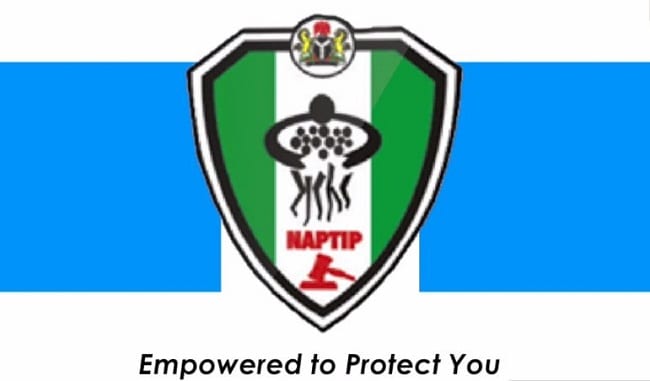Copyright newsletter

The nine-seat “Harlander” shuttle service has been running on a 15 to 20-minute loop through Titanic Quarter since July, travelling between Titanic Halt railway station and Catalyst. Initially intended to stop in September, the experiment was extended for an additional month to keep operating until the end of October. The vehicle, which had a safety operator on board during the pilot phase, was designed to offer what’s called “last mile connectivity” from public transport networks to businesses, tourist attractions, and education and leisure facilities. Research carried out during the pilot found there was a 92% satisfaction rate amongst users. The self-driving bus was most popular with passengers in the 40 to 59 age demographic, followed by those aged 25 to 39. Commuters made up 40% of the passengers; another 40% were described as “occasional users”, while 15% were tourists and 5% students. Belfast Harbour led the development of the Harlander service alongside a consortium of partners that includes eVersum, Oxa, Angoka, BT and HORIBA MIRA. The consortium will now examine the results of the pilot programme, and Belfast Harbour plans to revisit its self-driving vehicle programme in 2026. Mike Dawson, People and Digital Transformation Director at Belfast Harbour, said: “The Harlander pilot was Northern Ireland’s first step towards having autonomous vehicles on publicly accessible roads and the project partners are all really proud of how it has been received, with incredibly high passenger satisfaction rates. “The aim of the Harlander project was to increase understanding of how a modern transport option could complement the city’s existing public transport, such as buses, rail and better connect people to key destinations within Belfast Harbour Estate. “The pilot programme was intended to run for a fixed period and was extended in order to get more feedback from passengers that will inform how we evaluate the project. The information will also be shared with the UK government to support their wider autonomy plans and incoming regulation. “This has been a hugely collaborative project and we should be proud that such innovative technology has been successfully deployed in Northern Ireland.”



